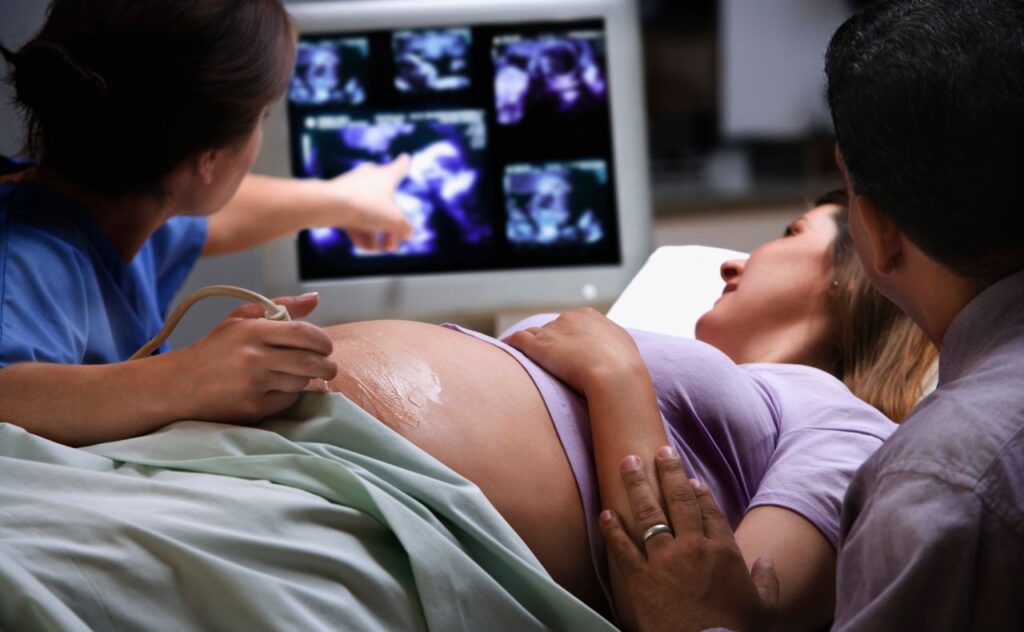37 weeks pregnant: Is your cervix opening?

At your antenatal check-up, your pelvis may be checked to see if your cervix is dilating. What else is happening?
The countdown is on until you meet your baby. Being 37 weeks pregnant is a mix of excitement and some nerves too as delivery day inches closer.
Your baby’s movements are now more noticeable and sleep might be hard to come as you’re feeling quite uncomfortable.
Physical discomforts like Braxton Hicks contractions are common, but the excitement of being able to hold your baby very soon is keeping you going!
Your body at 37 weeks pregnant
Your uterus may stay the same size as it’s been for the last week or two. You probably won’t have put on any more weight since last week, when you weighed between 9-13.5kg.
By the end of this week, your baby is ‘full-term’ (before the 38th week, she is classed as ‘pre-term’; after 42 weeks, she’s ‘post-term’).
Top tip: Pamper yourself! Go to the hairdresser, enjoy a pedicure (you’ll soon be able to see your toes again) and indulge in a pregnancy massage.

Your pelvis and is your cervix dilating?
At your antenatal check-up this week, your doctor may examine your pelvis to check whether your cervix is dilating (opening) and effacing (thinning out) in preparation for labour.
Before labour starts, the cervix is thick (0 per cent effaced). During labour, it thins out – this is called effacement. Just before delivery, when you are ready to push, it is 100 per cent effaced.
Before you can give birth, your cervix needs to be fully dilated: 10cm in diameter. At this stage of pregnancy, it may be closed (0cm dilated) or open a small amount, such as 1cm.
During labour, the contractions make the cervix stretch and open so there’s enough room for the baby to move down it.
Your baby at 37 weeks pregnant
Your baby now weighs about 3kg and measures 35cm from crown to rump; her total length is about 47cm.
If you’re lucky, your baby will be lying head down (called cephalic or vertex on your medical notes) in the uterus and will be partly engaged (ready to move further down and out).

What if your baby is breech?
If your doctor suspects that she is breech (bottom or legs first), you may have an ultrasound scan to confirm this. This used to mean your only option was a Caesarean, but now some doctors will let you try for a vaginal delivery, especially if you’ve already had one or more normal deliveries.
If your baby is breech and you are keen to have a vaginal delivery, your doctor may suggest trying to turn her into a head down presentation by gentle manipulation.




